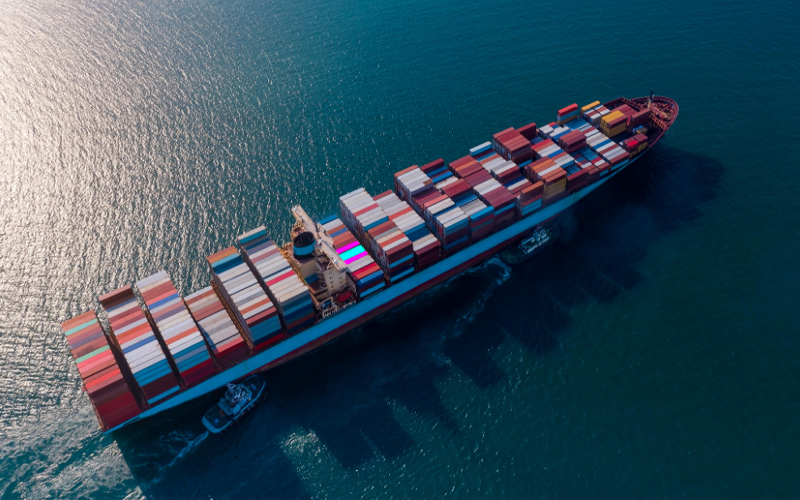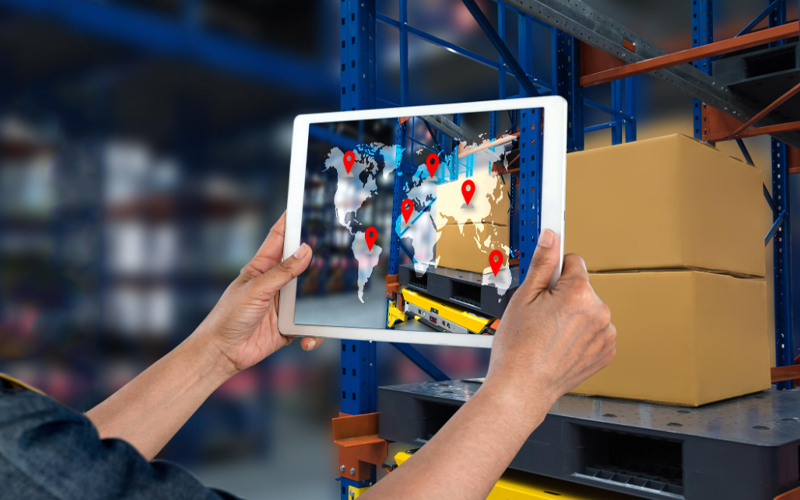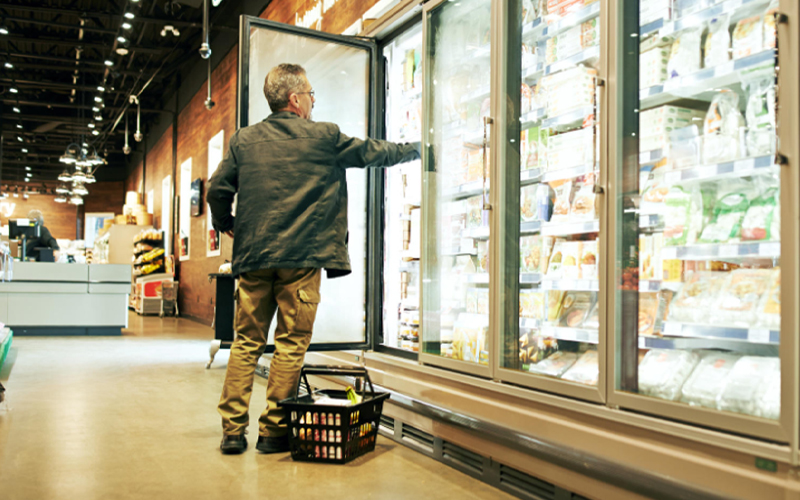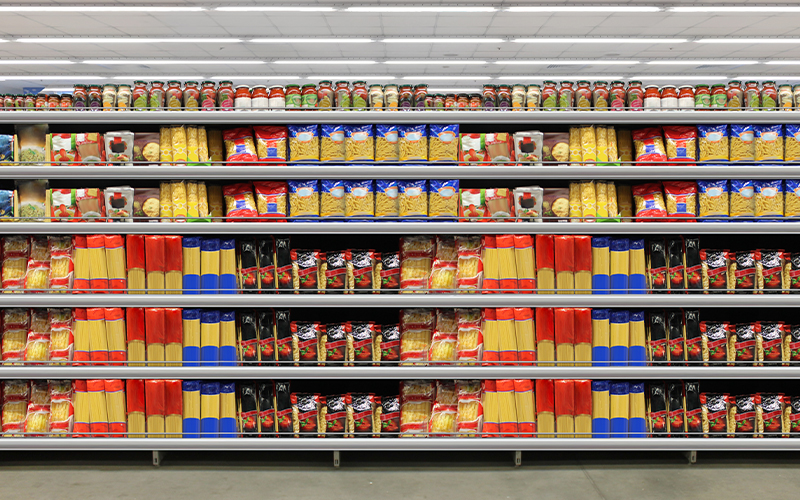In recent years we have become dependent on Google maps for travelling or “transporting ourselves” from one point to another. We use maps because they suggest the best route that saves time and money. This is an example of how route planning helps us on a personal level.
Now, consider the transportation function in a business. It is extremely complex. This is because of the multiple stages in which goods need to be transported. Let us take an example of a manufacturing unit. The unit procures raw materials which are transported through different stages of manufacturing until the final product is developed. The final product is usually transported for storage in warehouses from where it is finally transported to the buyer. So, detailed logistical planning is needed for smooth functioning of the unit.
Logistics planning, across sectors, entails detailed planning and organisation of seamless transportation and storage of goods so that a business is able to satisfy the needs of its customers in a timely manner.
Transportation and logistics can be a huge cost centre for a business. Besides, these functions play a vital role in the experience the business provides to the customer. Delays or damages caused at any stage of transportation from procurement to the final delivery can impact customer experience negatively. Therefore, route planning and optimisation are vital elements that can provide several benefits to the business.
Route planning optimisation entails developing the most effective route for the transportation of goods through various stages. An optimal route for raw material ensures that goods are transported by the best routes to avoid delays in manufacturing. Route planning is a natural offshoot of the Critical Path Method that considers the various alternatives for the transportation of goods and suggests the best path for transportation. Route planning is not just restricted to establishing transportation routes but optimising the placement of different units that work in tandem for production, storage, and delivery.
Benefits of Route Planning and Optimisation to a Business:
Reduces fuel costs:
An optimal route greatly reduces the fuel requirement by various transportation vehicles. With the spiralling fuel costs, any reduction in fuel consumption can prove to be a great cost saver for the business.
Minimises vehicle maintenance costs:
When travel routes are optimised, the idling time of the vehicle is greatly reduced. This keeps the vehicles in a good condition and minimises the time and expenses of maintaining the vehicles.
Timely deliveries:
Optimised routes avoid traffic congestion and ensure that the goods travel through traffic-free routes and reach their destination well within the stipulated time frame. Timely deliveries greatly enhance customer experience.
Helps keep customers updated:
Efficient tracking of the goods enables the business to accurately estimate delivery schedules and provide customers with regular updates about deliveries. This further enhances the customer experience.
In a nutshell, route planning and optimisation enhance the efficiency of the transportation system. This not only helps reduce operational costs of the business but enhances the customer experience.
The next question is how to optimise logistics and transportation.
In the era of technology and innovation, you do not need to sit with a pen and paper and try to chalk out the best route for your goods. Route planning can easily be automated with the help of route planning and automation software. Automation software digitises the route planning process and offers end-to-end transportation management. Technologies such as Robotic Process Automation (RPA) automate various routine elements of logistics planning. Artificial Intelligent (AI) analyses various data sets involved in transportation and suggests effective solutions to optimise logistics and transportation.
Automation bots also make route planning agile by offering alternate route options in case of sudden restrictions in routes or any other issues with the recommended routes. Bots are also capable of addressing unexpected changes in customer demands. These could be changes in delivery dates/times, cancellation of orders, etc. The software updates the system and suggests new routes that exclude the delivery location of such customers. This ensures that all other orders are delivered well on time.
As customers move from offline to online modes of shopping, an efficient logistics planning system becomes a critical factor for its success. Automation technologies are the most effective tools to optimise route planning to enhance the efficiency of transportation and logistics. With so much thrust on optimising logistics and transportation, it comes as no surprise that the size of the logistics process outsourcing company market size is expected to touch US $94.02 billion by 2026.
*For organizations on the digital transformation journey, agility is key in responding to a rapidly changing technology and business landscape. Now more than ever, it is crucial to deliver and exceed on organizational expectations with a robust digital mindset backed by innovation. Enabling businesses to sense, learn, respond, and evolve like a living organism, will be imperative for business excellence going forward. A comprehensive, yet modular suite of services is doing exactly that. Equipping organizations with intuitive decision-making automatically at scale, actionable insights based on real-time solutions, anytime/anywhere experience, and in-depth data visibility across functions leading to hyper-productivity, Live Enterprise is building connected organizations that are innovating collaboratively for the future.







